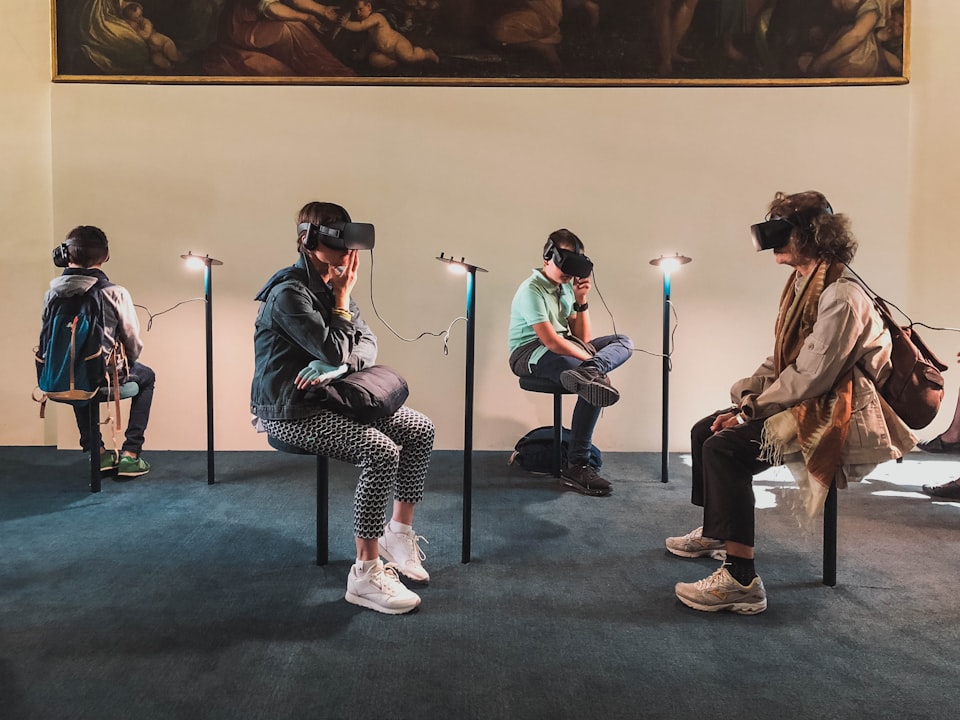Augmented reality

Augmented reality (AR) is a rapidly evolving technology that has the potential to transform many aspects of our lives. AR involves overlaying digital content on top of the real world, allowing users to interact with virtual objects and information in a way that is seamlessly integrated with their physical environment.
One of the key technologies that enables AR is mixed reality (MR), which combines elements of both augmented reality (AR) and virtual reality (VR). MR allows users to interact with both virtual and real-world objects in a single, cohesive environment. AR and MR can be experienced through a variety of devices, including AR headsets, smartphone apps, and specialized software.

AR has a wide range of applications, including gaming, marketing, education, training, visualization, and more. AR games, for example, allow users to experience immersive, interactive environments that are layered on top of the real world. AR marketing, on the other hand, involves using AR technology to create interactive, immersive advertisements that engage consumers in new and innovative ways.
AR is also being used in education and training to create more engaging and interactive learning experiences. For example, AR apps can be used to visualize complex concepts or provide interactive simulations that help students better understand difficult material. Similarly, AR training programs can be used to prepare workers for real-world tasks by providing immersive, interactive simulations that allow them to practice and learn new skills in a safe and controlled environment.
AR is a powerful and exciting technology that has the potential to revolutionize many aspects of our lives. Whether it's through gaming, marketing, education, or training, AR is helping us to interact with the world in new and innovative ways, and the possibilities for this technology are virtually limitless.

